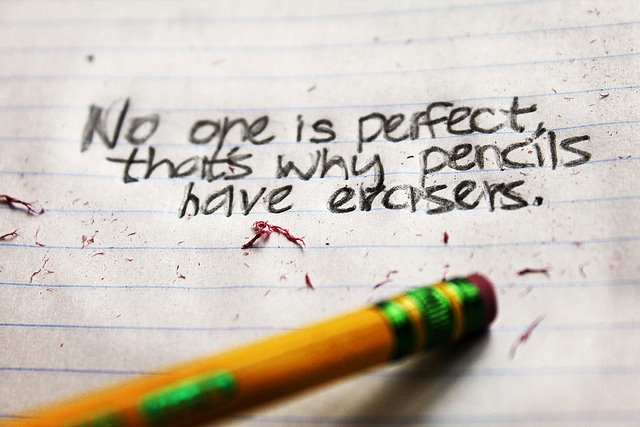Hello! Jen here from Teaching Teens in the 21st, and with the day of LOVE fast approaching, I thought I would share today with some tips on giving constructive feedback in a positive way.
We've all been there. We're editing a paper, and it's so unreadable due to grammar, sentence structure, or organizational errors that you can't even focus on the paper. Or we've been at an after school event, and the drills aren't running well, or the dance routine is out of sync, or the actors are forgetting their lines all over the place, and set pieces are toppling over.
Most of us grew up with the motto, "If you don't have anything nice to say, don't say anything at all". So what do you say, when there really is nothing positive? And in our slightly sensitive society, we are sometimes afraid to give negative feedback, for fear that it will upset a student, or cause them to give up and shut down. However, we can't get better at things without recognizing what we need to work on first.
Here's what I do:
1. Address the problem.
2. Explain what you'd like to see
3. Offer suggestions on how to get there
Example: You have a paper that is unreadable because of an improper use of commas.
1. Your paper was difficult to follow because of the large amount of commas in your paper.
2. I want to be able to get involved in your story and read your awesome ideas!
3. Let's take a closer look at your comma usage, and see if we can figure out what's happening.
Students can take this approach if they are doing Writer's Workshop as well. It's sometimes harder for students to speak critically to other students, especially if they're friends. On the flip side, sometimes it's hard for certain students to share criticism in a tactful way, so this should help both sides!
Example: One or two students are really struggling to learn the choreography in a dance.
1. Student A, you are doing your grapevine to the left, when it should be to the right.
2. You need to go to the right with everyone else so that you all look uniform.
3. Let's do it together and practice it, to get the muscle memory down. (Then I would group all students in small groups to practice and continue doing constructive criticism).
Sometimes it can get frustrating when you feel like you are always giving the same feedback to the same students, but taking this approach might just take the edge off!
I hope you found this tip useful!



No comments:
Post a Comment